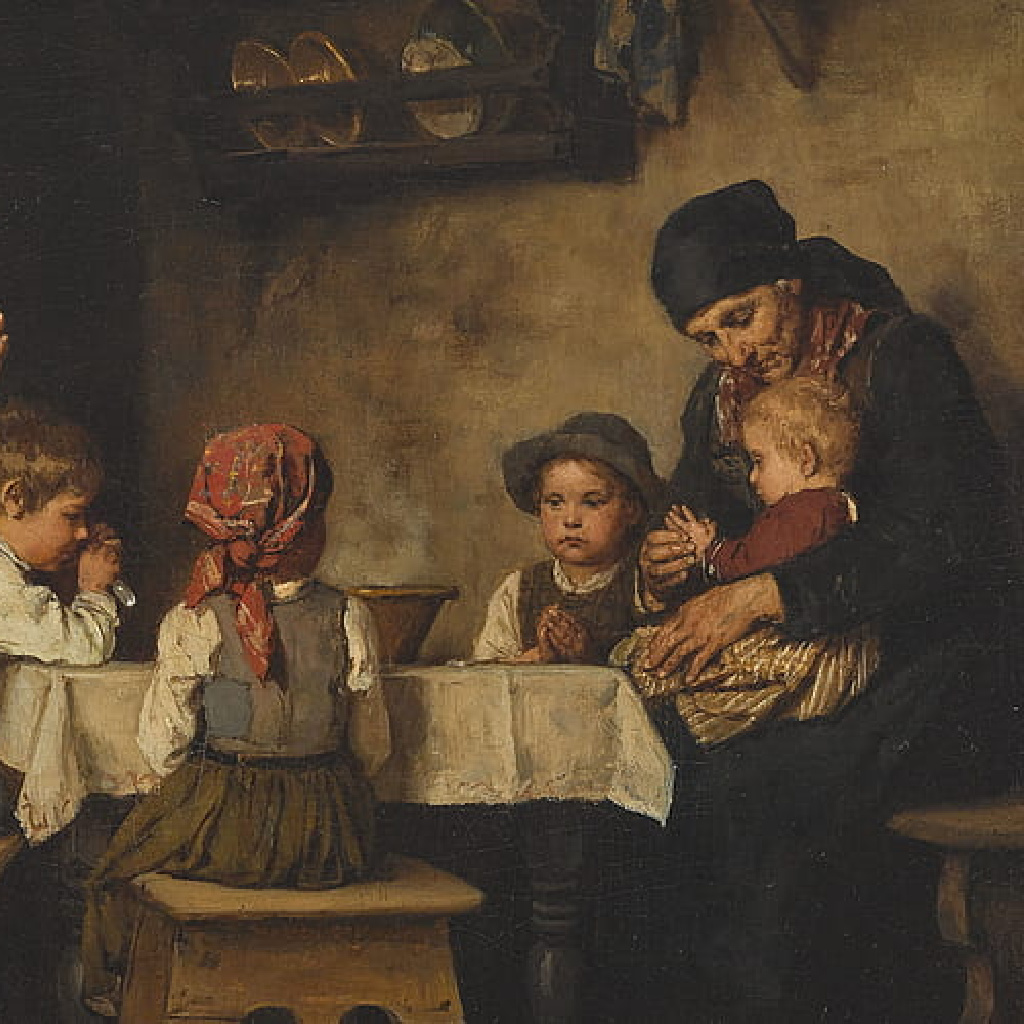The rate of abuse that occurs at churches of all denominations is much too high. And while it’s true that children are at much higher risk of abuse at school, churches can and should hold themselves to a higher standard.
But addressing this problem is difficult because good data on who is addressing the problem well is hard to come by and hard to trust. The recent settlement about abuse cases related to the Boy Scouts of America is a rare exception. As I’ve written about previously, this data identifies the sponsoring organizations and the religious affiliations of the leaders.
Latter-day Saint troops made up 20-30% of the total number of Boy Scouts of America troops. But Latter-day Saint-affiliated troops only accounted for 5% of the total number of abuse cases.
Why are abuse rates 75%-83% lower than you would expect for The Church of Jesus Christ of Latter-day Saints?
If I told another organization, “I know how to lower your abuse rate by 75%,” they would be listening. So what’s going on? Why this significantly lower rate?
I have some theories.
1. We’ve been taught about these things for a long time. Long before mandatory reporting laws and background checks, the Church was already thinking of these issues. In 1985 the Church published a booklet called “Child Abuse: Helps for Ecclesiastical Leaders.” It taught leaders to take reports seriously, believe the victim, treat them with compassion, and how to resource them with appropriate help. It also instructed leaders to know and follow the reporting requirements in their state. Very few other churches had this much of a head-start on dealing with abuse. By the mid-1990s, almost every church or denomination was talking about these issues, but it was far rarer in the 1980s. In 1996, when President Hinckley was asked by Mike Wallace about abuse he replied, “We are doing everything we know how to reduce it. We are teaching our people. We are talking about it. We have set up a course of instruction for our bishops all across the nation. All last year we carried on an educational program. We have set up a helpline for them where they can get professional counseling and help with these problems. … We have issued publications, established a telephone line where church officers may receive counsel in handling cases, and offered professional help through LDS Family Services. … We are concerned about it.” Why are abuse rates 75%-83% lower?
2. Existing Associations. Most churches are not organized geographically, and members are not assigned a local congregation to attend. They go where they want, and they can change when they want. In a lot of ways, this can be helpful to families, but not when it comes to preventing abuse. Here’s what can happen: If a would-be abuser is attending ABC Church and notices that his behavior has caught the attention of the church’s leadership, he can easily stop going to that church. The following week he drives across town to try at another church where no one knows him yet. There is no communication between these two churches. None of his neighbors attend there, and unless he already has a conviction for child abuse on his record, nothing would show on a background check. He gets a blank slate. But in our congregations, people attend church with their neighbors. If a would-be abuser started to draw suspicion, he can’t easily change wards. If he wanted to do so without drawing suspicion, he would have to move to a different house in a different ward. Now, admittedly, this dynamic works better in areas where there is a high percentage of church members. As I write this, I can look out the window and see the houses of almost every member of my ward. We live in high-density housing in an area with many church members. In other areas where a ward might take 2 hours to drive across, this does not work as tightly, but the same dynamic is still there, and the less dense the membership is, the greater the disincentive to move. When a member does move to another city or country, their membership number follows them. Bishops and other leaders have the ability to make annotations on these records and are encouraged to do so, especially when the member’s behavior makes them unsafe around children.
3. Sustaining as Public Announcement. In most churches, someone can become a volunteer in the children’s ministry very quietly. If the church is large, the vast majority of members will never know this person works with children. Volunteers receive no public announcement of their position. However, in our church, if you are called to teach the 3rd grade Sunday School class, everyone in the ward will hear about it because the calling is announced before the congregation, and members give a sign that they will sustain the person in their new calling. If a fellow ward member has information about this new volunteer’s behavior with children in the past, they may not feel comfortable raising their hand to oppose the calling, but they almost certainly would feel comfortable having a conversation with the bishop about it. There is no structure for this to happen in other churches. “Sustainings” were not designed for this purpose, but they do serve it rather well.
4. Calling VS. Volunteering. A friend recently recounted a relevant experience. He, his wife, and their young kids visited a non-LDS church in their area that had some fun programming for children. Their kids wanted to be involved, but my friend didn’t know anyone in their community and thought it would be better if he could volunteer to help. When he approached the leadership in that church, he was immediately told yes they would love to have him. Luckily, my friend is no threat to children. But imagine if he were. He had met the people in that community only an hour before. None of them knew him or his family. He would have been given almost instant access to children. Compare that to our system. If someone wants to work with children, they have to wait until they’re called. Yes, people sometimes can and do volunteer, and a Bishop or Branch President would likely be delighted to hear of their willingness. But they would still need to be put through the system of receiving a call—a process that would not be easy to get through 1 hour after you walked through the door. Our calling system throttles would-be abusers by making access to children significantly harder than in other places. Any amount of abuse is too much.
6. Female leadership. This is a theory that really only applies to the young women in our church, but it still should be considered. The vast majority of sexual abuse is committed by men. Yes, there are women abusers, but 99 out of 100 abusers are male. In most church youth groups, the leadership—who sets the agenda and the culture—is entirely male. There are likely women volunteers around, but they do not hold the same kind of responsibility for the care of the young people that the men hold. Teenage girls in our church have women called over them. And while a young woman may have a male Sunday School or seminary teacher, she also has an adult woman whose responsibility is to watch over her spiritual needs. In this, our girls have something many other girls don’t have.
Any amount of abuse is too much. Every case of abuse represents a terrible violation of trust and damage to a soul. And we hear about abuse a lot these days. It could be easy to feel overwhelmed and scared. I share with you this research and these theories not so that you can let your guard down but so you can recognize and support what approaches can help protect the most vulnerable.

















